X
Electric hoists represent their own machinery, strength, and toughness, while the stage is elegant, flowing, and soft, with conflicts and collisions between the two.
Malfunctions in the control electrical appliances, motors, or reducers of the stage electric hoist can cause abnormal noise.
Category : V7 Stage Electric Series
Get a Quote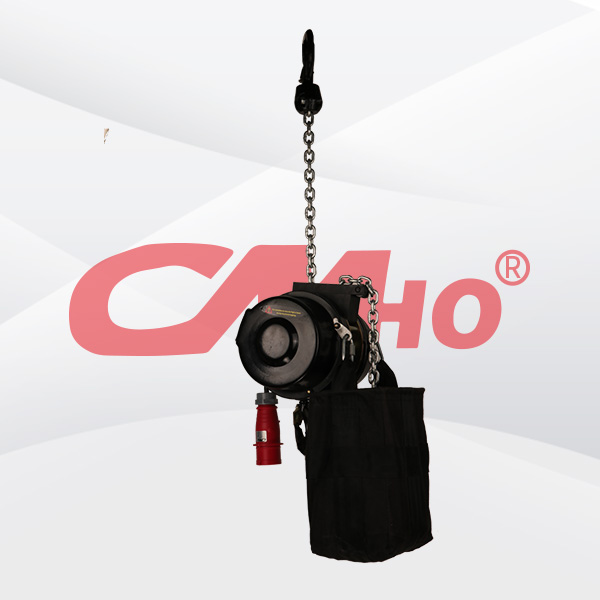

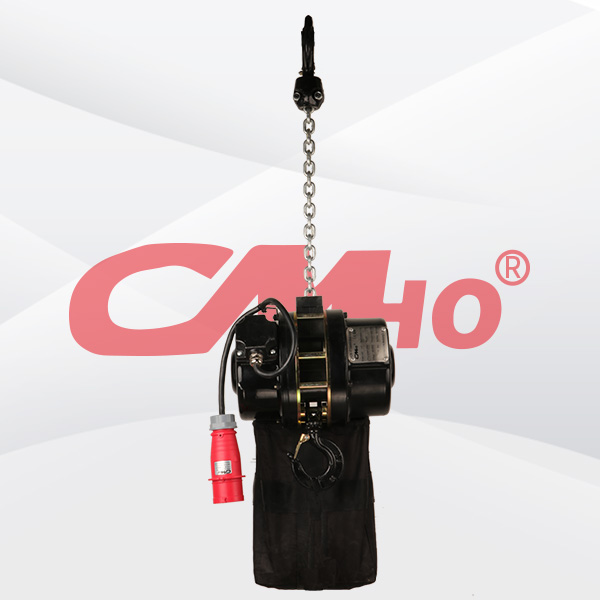
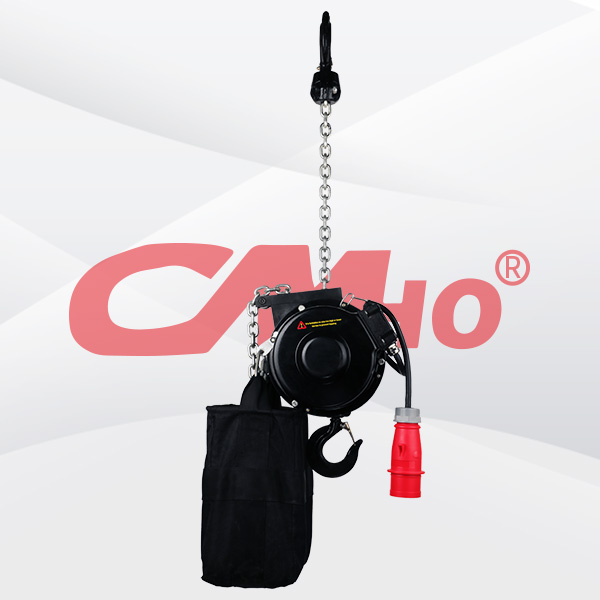





Product Details
Malfunctions in the control electrical appliances, motors, or reducers of the stage electric hoist can cause abnormal noise. The location, height, and sound of these noises vary depending on the cause of the malfunction. During maintenance, it is important to listen and see more. By utilizing or based on the characteristics of the faulty sound, the location of the noise can be determined to identify and repair the fault.
1. Abnormal noise occurs in the control circuit, emitting a "hum" noise, which is usually caused by a malfunction of the contactor (such as poor contact of the AC contactor contact, voltage level mismatch, magnetic core jamming, etc.). The faulty contactor should be repaired. If it cannot be repaired, it must be replaced. After treatment, the noise will be eliminated on its own.
2. If the motor emits abnormal noise, it should be stopped immediately to check whether the motor is running in a single phase, or if the bearings are damaged, the coupling axis is not aligned, and there are faults such as "sweeping the bore". These will cause abnormal noises in the motor. The location, height, and sound of different faults are different. When running in a single phase, the entire motor emits a regular, strong, and weak "buzzing" sound; When the bearing is damaged, a "buzzing" sound accompanied by a "click click click" sound will be emitted near the bearing; When the coupling axis is not aligned or the motor is slightly swept, the entire motor emits a very high "buzzing" sound, accompanied by sharp and piercing sounds from time to time. In short, faults should be identified and repaired item by item based on the different noises, in order to restore the normal performance of the motor. When the motor fault is not resolved, the use of a hoist is prohibited.
3. If abnormal noise is emitted from the reducer and the reducer malfunctions (such as lack of lubricating oil in the gearbox or bearings, gear wear or damage, bearing damage, etc.), the machine should be stopped for inspection. Firstly, determine whether the gearbox or bearings of the reducer have been lubricated before use, and whether the lubricating oil should be replaced regularly during use. If lubrication is not carried out as required, the reducer will not only produce a high "buzzing" sound, Excessive wear or damage to gears and bearings may also occur. Some people believe that the gearbox can still operate without adding or casually adding lubricating oil, and there will be no serious malfunctions. This idea is incorrect.
Once, due to workers forgetting to add lubricating oil to the gearbox of the stage electric hoist, after only one day of trial use, the gearbox made a very loud noise. When the gearbox was opened, it was found that the gears were scrapped due to excessive wear and tear. The reducer bearing is damaged, similar to the motor bearing failure, and abnormal noises can also be made near the bearing. In order to prevent the fault from expanding, whether the reducer gear is excessively worn or damaged, or the reducer bearing is damaged, immediate disassembly, maintenance, or replacement is required to eliminate the fault and reduce noise.
RELATED PRODUCTS .
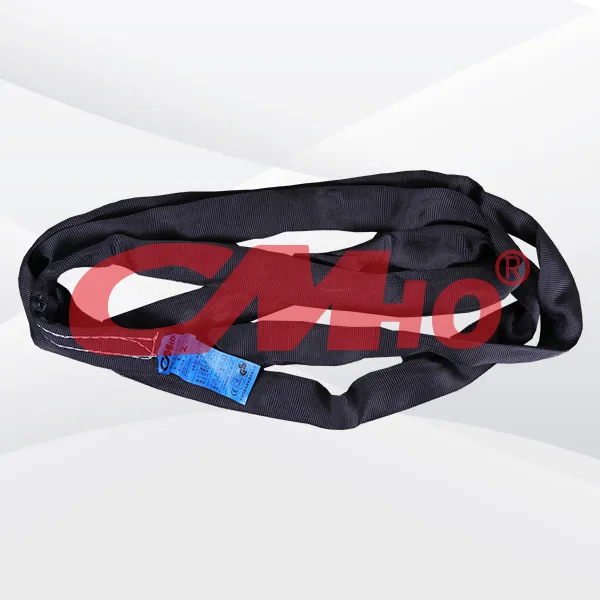

The lifting sling is a flexible rigging used for lifting operations. It is usually made of high-strength fiber materials such as polyester fibers and aramid fibers, and some are also composed of metal
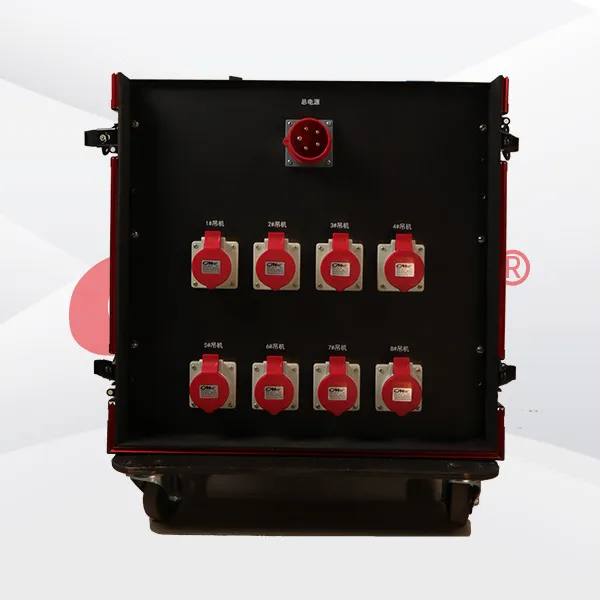

The stage hoist controller is a device used to control the hoist devices on the stage (usually electric hoists or hand chain hoists and other lifting equipment). It is mainly used to precisely adjust
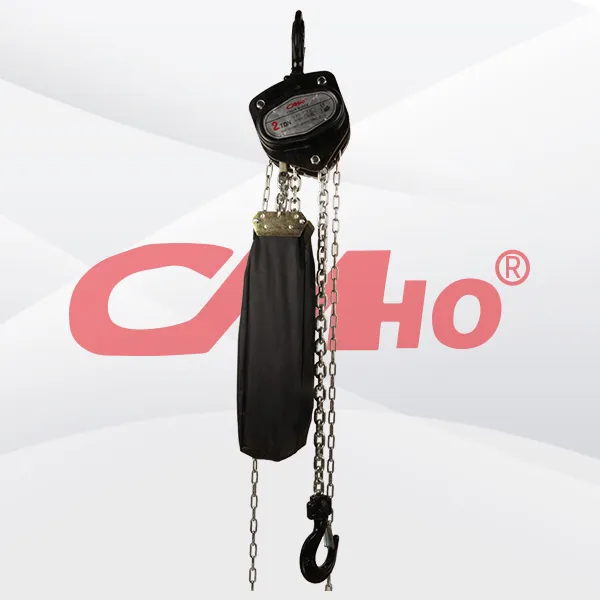
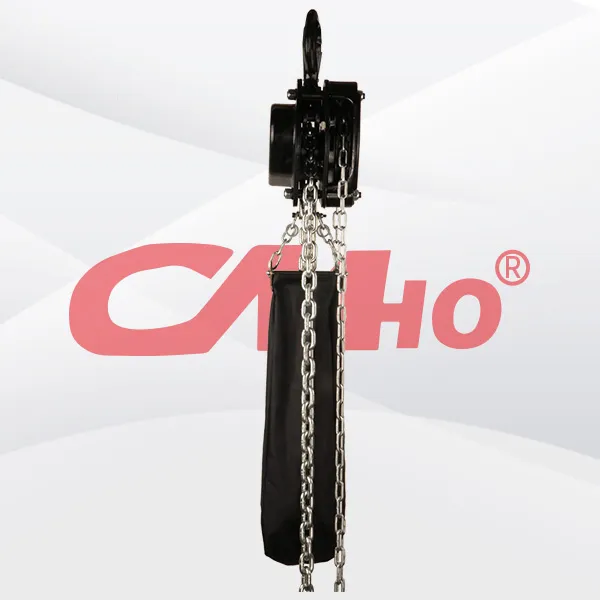
The lifting capacity of the light hand chain hoist for the stage is also related to factors such as the usage environment, operation mode, and the setting of the safety factor. In practical use, it is
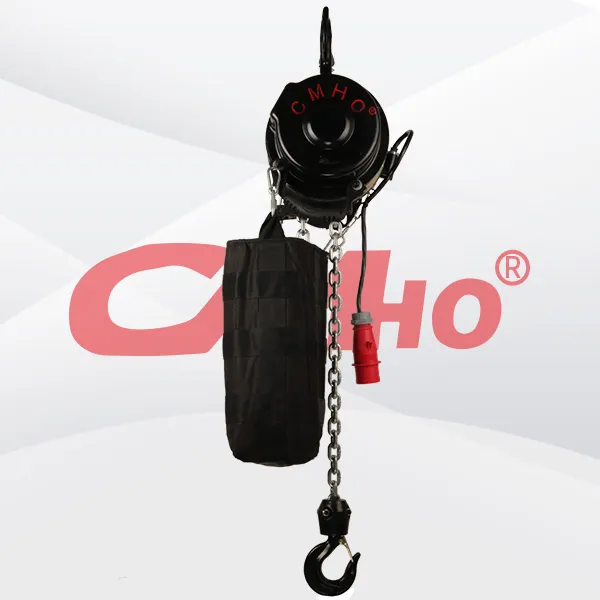
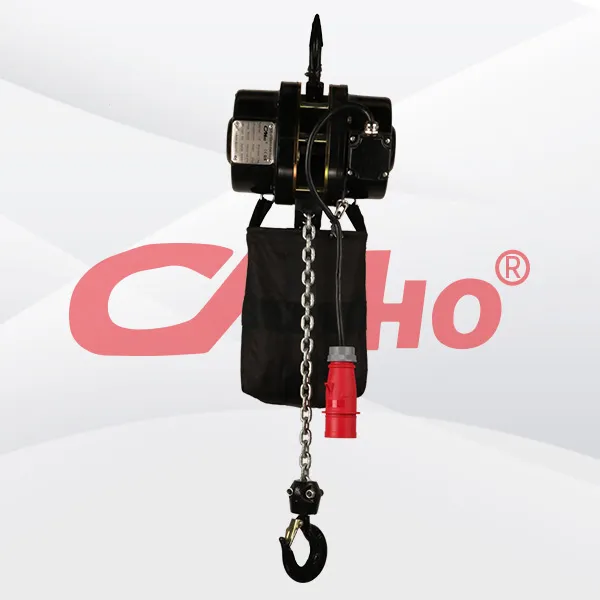
The electric hoist for truss is an electric hoisting device specially designed for hoisting and moving truss structures. It has precise positioning and control functions, enabling it to accurately hoi
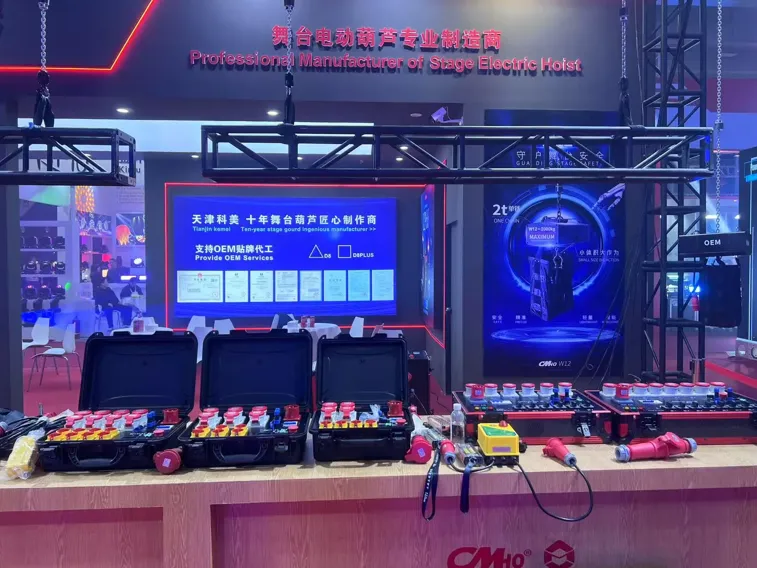
2025-02-28
创始人
0
The participation of Tianjin Kemei in the Guangzho...
Tianjin Kemei made a remarkable and eye-catching appearance at the Guangzhou (International) Performing Arts Equipment, Intelligent Acoustic, Optical and Electrical Products...
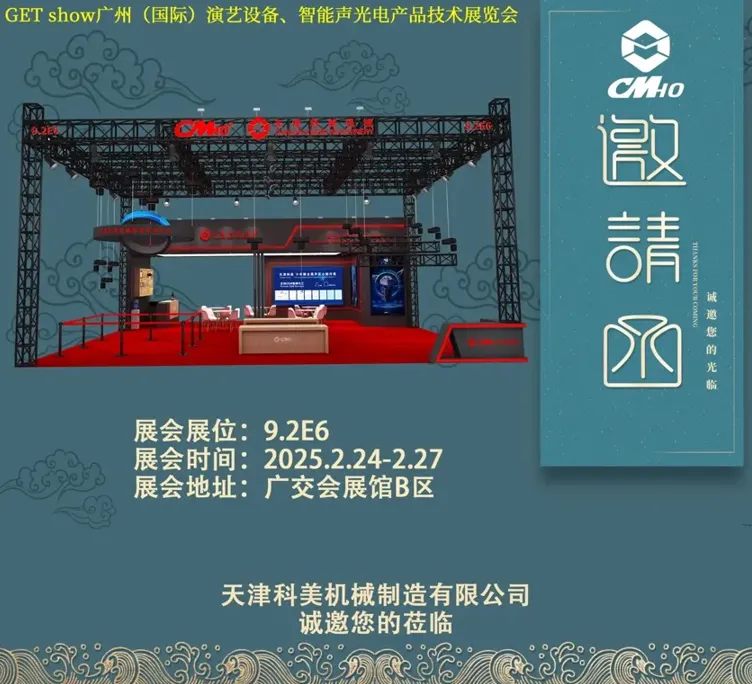
2025-02-27
创始人
0
Guangzhou (International) Performing Arts Equipmen...
In the era of the rapid development of stage lifting equipment and intelligent acousto - optic technology, every industry event serves as a crucial opportunity for innovatio...

2025-02-27
创始人
0
GET show Guangzhou (International) Performing Arts...
Tianjin Kemei Machinery Manufacturing Co., Ltd. has been deeply engaged in the stage equipment manufacturing field for many years and has developed into a modern benchmark e...

2024-09-24
admin
0
Tianjin Kemei Machinery Manufacturing Co., Ltd. Ne...
Tianjin Kemei Machinery Manufacturing Co., Ltd.: New Starting Point, New Journey - New Factory Relocation Record

